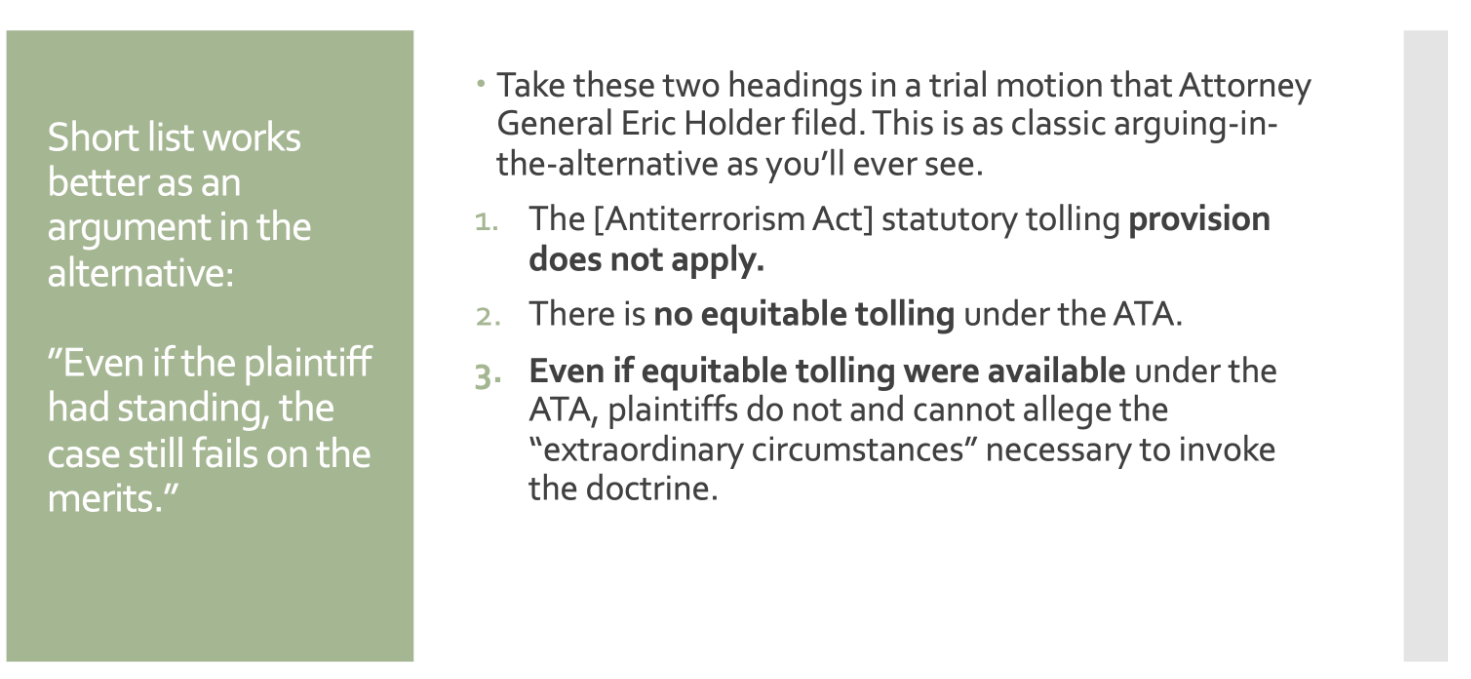This is the metaphor used to describe how standout writers treat facts, law, and knowledge.
A. Shoe
B. Jigsaw
C. Bridge
D. Chair
💡 What is Jigsaw?
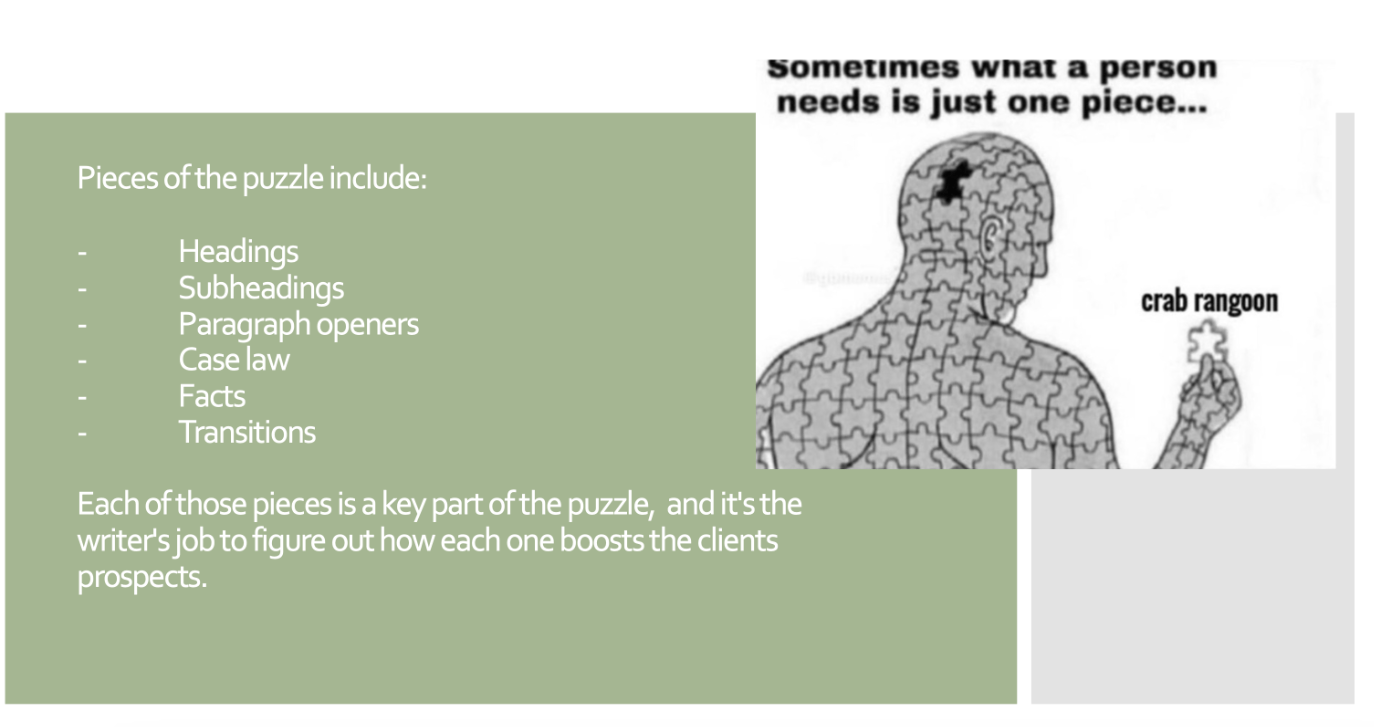
BONUS RANDOM QUESTION!!!!
This law school class teaches students how to interpret statutes, apply legal reasoning, and write clearly for legal professionals.
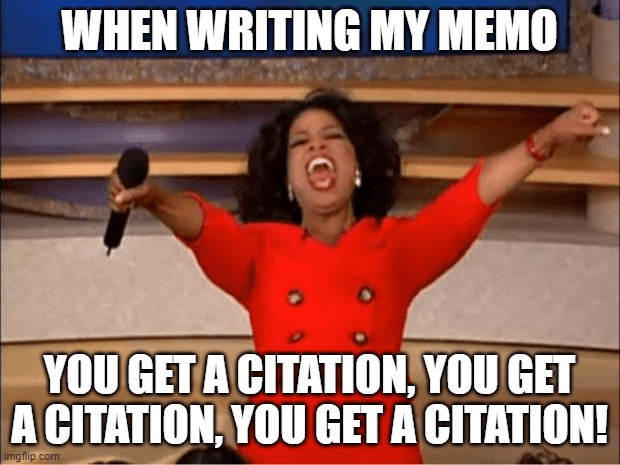 💡 What is Legal Writing?
💡 What is Legal Writing?


BONUS RANDOM QUESTION!!!
The thing that every law student wishes they could throw out the window during a citation-based panic attack.
💡 What is Bluebook?

Adding these help make your argument clear by guiding your reader through your points in an organized way.
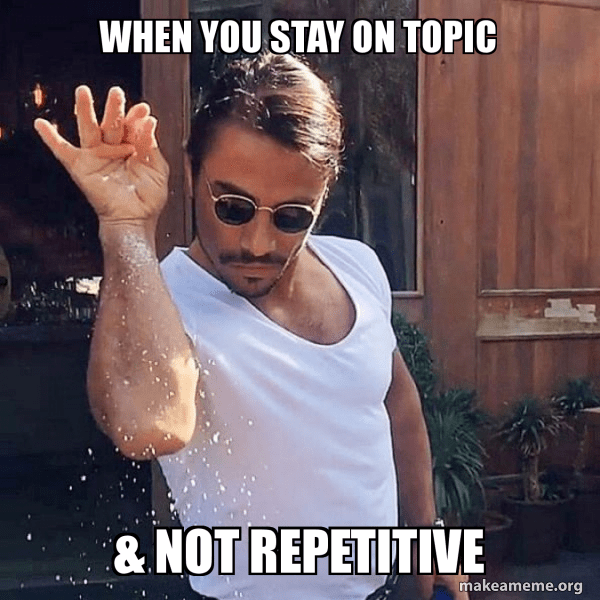
💡 What is headings?
Furthermore, signposts are beneficial to add in your headings. They can help show the Judge where you are going with your argument.
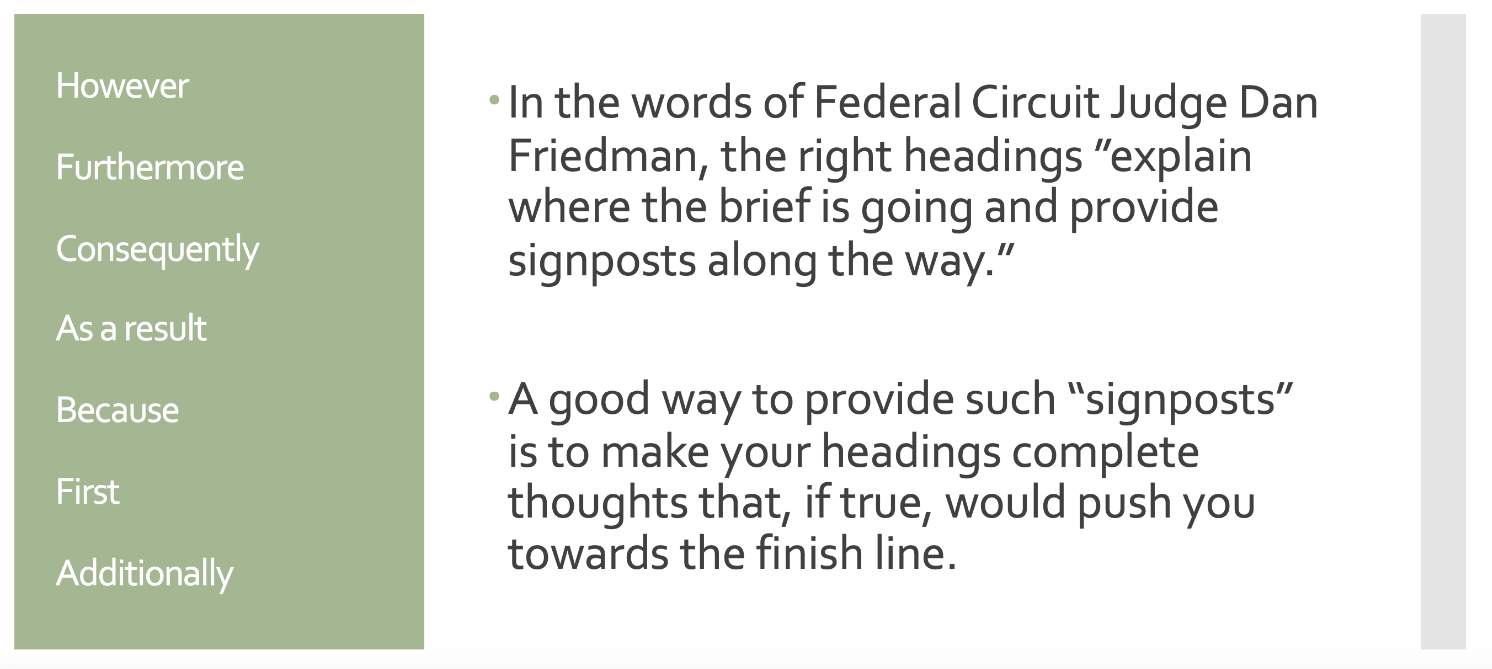
BONUS RANDOM QUESTION!!!
This is what you should do if you want to support the group that let you play jeopardy for ten minutes to learn valuable knowledge and skills that will further you legal writing and supplied you with law school memes that made you laugh.
💡 What is vote for our group?

What is the benefit of arguing in the alternative?
A) It strengthens your best-case argument.
B) It provides a backup and protection if your main argument fails.
C) It makes your argument more complicated.
D) It eliminates the need for a primary argument.
B. What is it provides a backup and protection if your main argument fails.
Example:
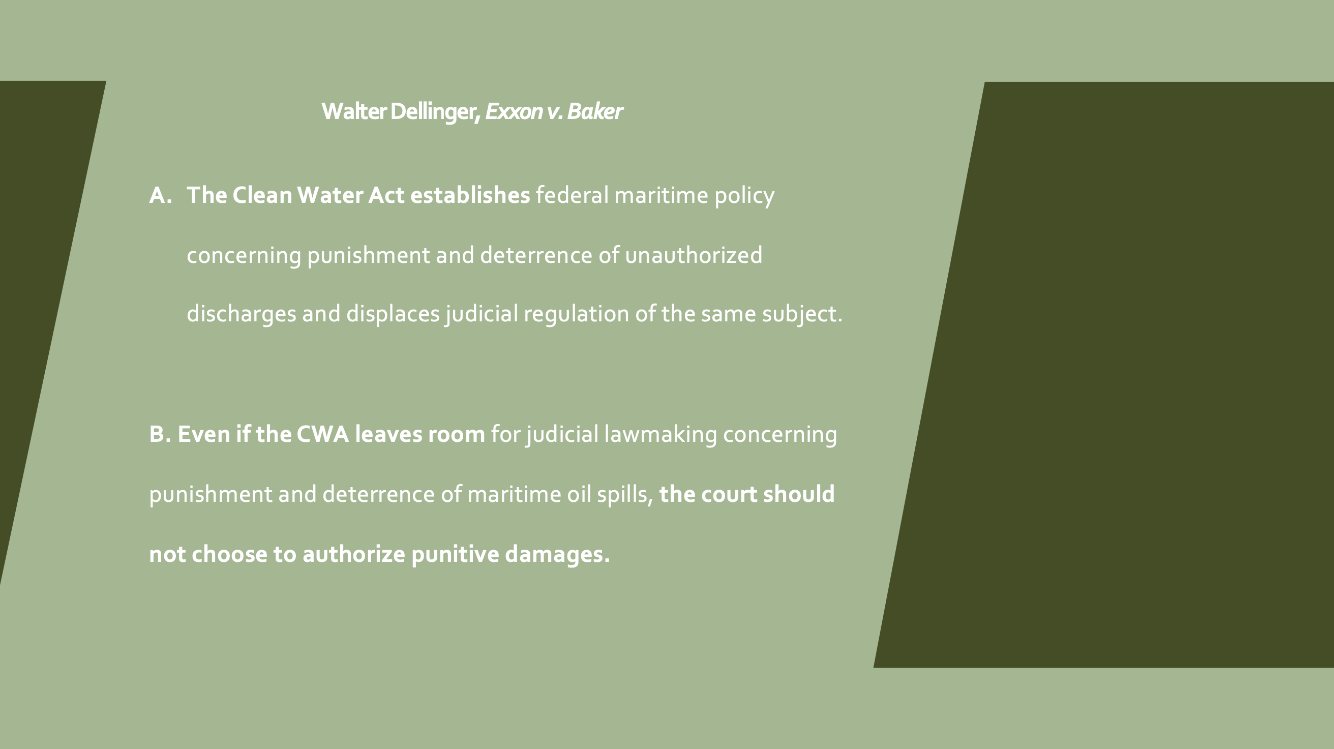
How can legal arguments be structured effectively?
A) Set Order: Following statutory or common law factors in order.
B) Set Points: Presenting statutory or common law factors with the dispositive one first.
C) "Even if." : Arguing in the alternative, often with procedural arguments before substantive ones.
D) Independent: Presenting self-generated points with the strongest one first.
E) All of the above.
F) None of the above.
What is 💡All of the above.
Examples:
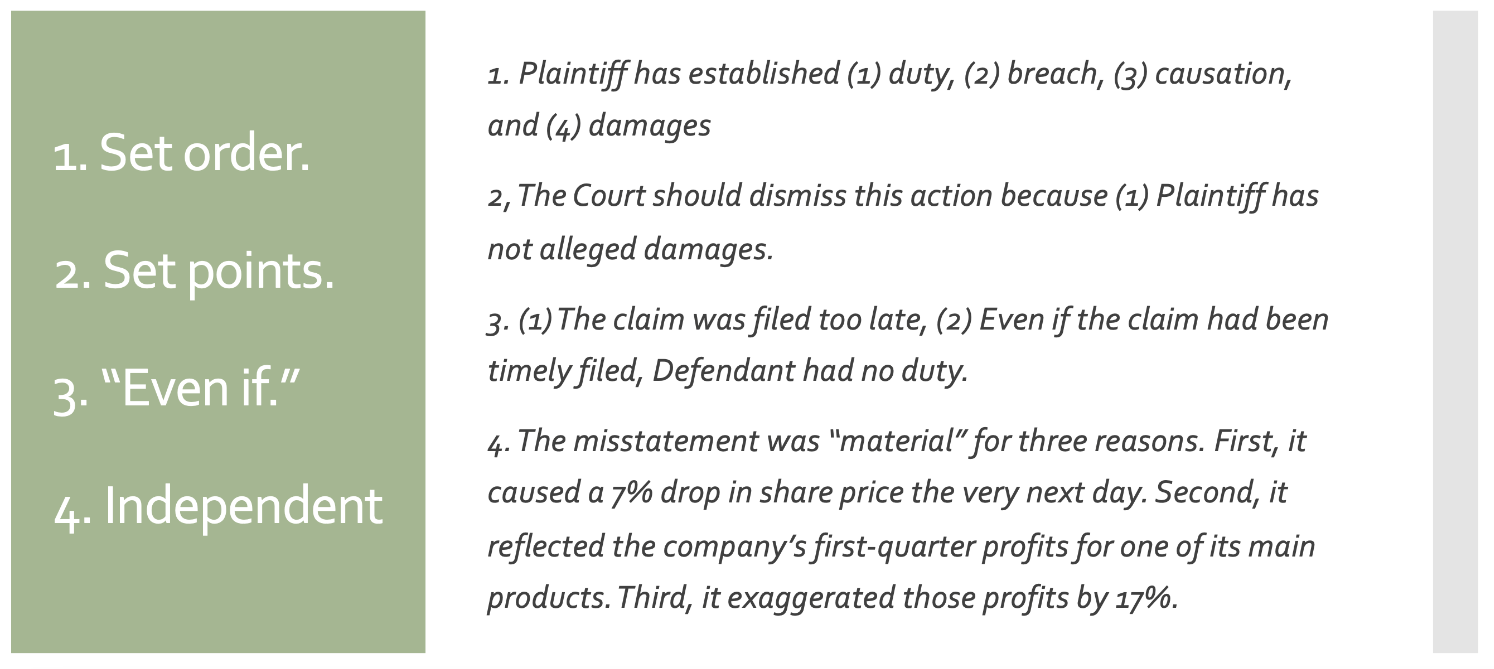
This is the technique called when headings and subheadings become progressively more detailed while still linking back to broader points?
A) Cascading – A method where subheadings follow a downward flow but remain independent from broader headings.
B) Nesting – A structured approach where subheadings build upon and explain the broader headings above them.
C) Tiering – A system in which all headings are treated with equal importance, regardless of specificity.
D) Weaving – An approach where headings and subheadings are interconnected but do not follow a strict hierarchical order.
💡 What is Nesting – A structured approach where subheadings build upon and explain the broader headings above them.
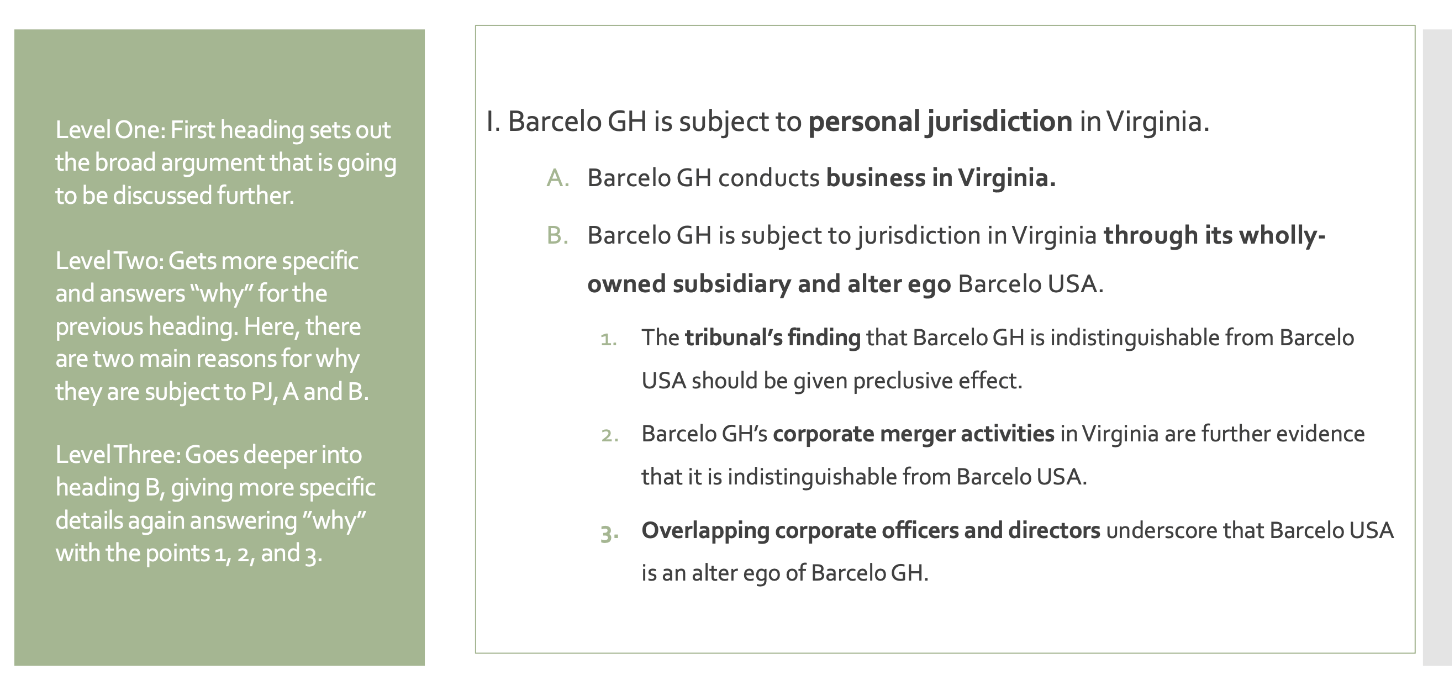
This word should be strongly considered for adding clarity and emphasis to your heading.
A. Because
B. Notwithstanding
C. Nah
D. Since
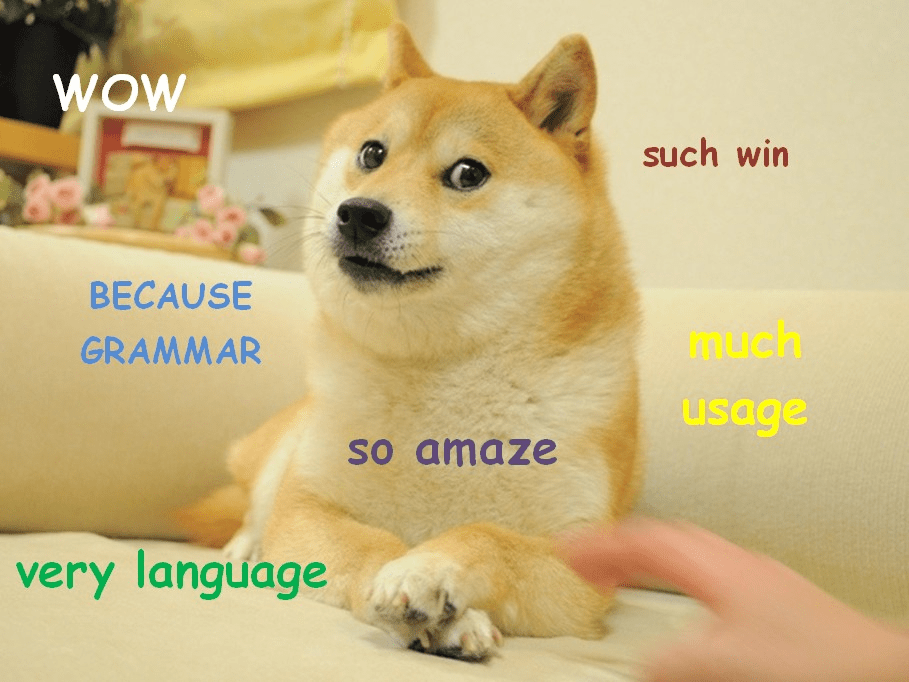
💡 What is because?
Explanation: Adding because helps you reach the sweet spot of specificity.
Read the following sentence:
"This Court has subject-matter jurisdiction over Plaintiffs' claims against Rainwater because they are claims against a state officer for prospective relief from unlawful acts."
BONUS QUESTION!!
This is the famous U.S. Supreme Court case that established judicial review.
What is Marbury v. Madison. 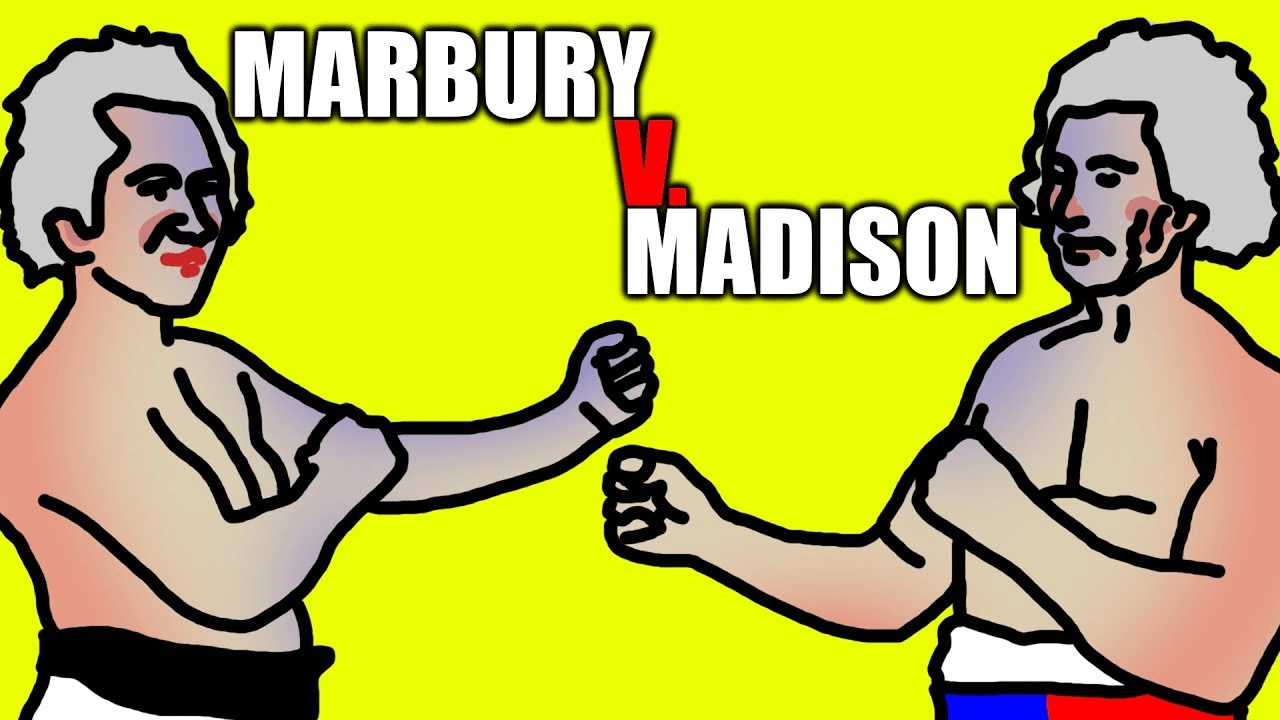
Each level of headings and subheadings should answer this question with increasing specificity.
💡 What is "Why"?

This is what a "short list" argument works better as in your paper.
A. An intro.
B. Support for your main argument.
C. An Argument in the Alternative
D. A rebuttal.
What is C: An Argument in the Alternative. 